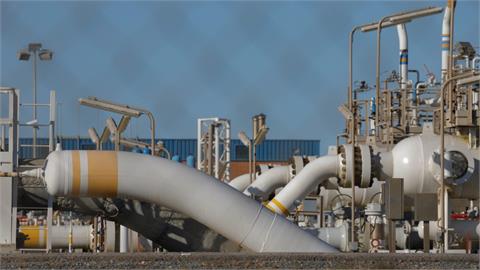Crude oil production in the U.S.' Federal Gulf of Mexico is expected to continue setting records this year and through 2020, the U.S.' Energy Information Administration (EIA) said in a statement on Wednesday.
The U.S.' crude oil production in the Gulf of Mexico set a new annual record in 2018 by averaging 1.8 million barrels per day (bpd), the EIA said. The administration said it expects crude oil production in the region to set new records in 2019 and 2020, by averaging 1.9 million bpd and 2 million bpd, respectively.
However, even with these level of growth which are expected to set records, crude oil production in the Gulf of Mexico will account for a smaller share of the total U.S. crude oil production, the EIA said. Crude output in the Gulf of Mexico is projected to account for 15% of total U.S. crude oil production in 2019 and in 2020, which is much less when compared with 23% in 2011.
The EIA said the main reason is the fact that onshore production growth in the U.S. continues to outpace offshore production growth. In the U.S.' Gulf of Mexico, producers expect eight new projects to come online in 2019 and four more in 2020, the EIA said. These projects are estimated to add around 44,000 bpd in 2019 and about 190,000 bpd in 2020 as projects ramp up production, according to the EIA.
"Uncertainties in oil markets affect long-term planning and operations in the Gulf of Mexico, and the timelines of future projects may change accordingly," the statement said. "Because of the amount of time needed to discover and develop large offshore projects, oil production in the Gulf of Mexico is less sensitive to short-term oil price movements than onshore production in the Lower 48 states," it added.
"Unlike onshore operations, falling rig counts do not affect current production levels, but instead they affect the discovery of future fields and the start-up of new projects," the statement concluded.
(Anadolu Agency)



